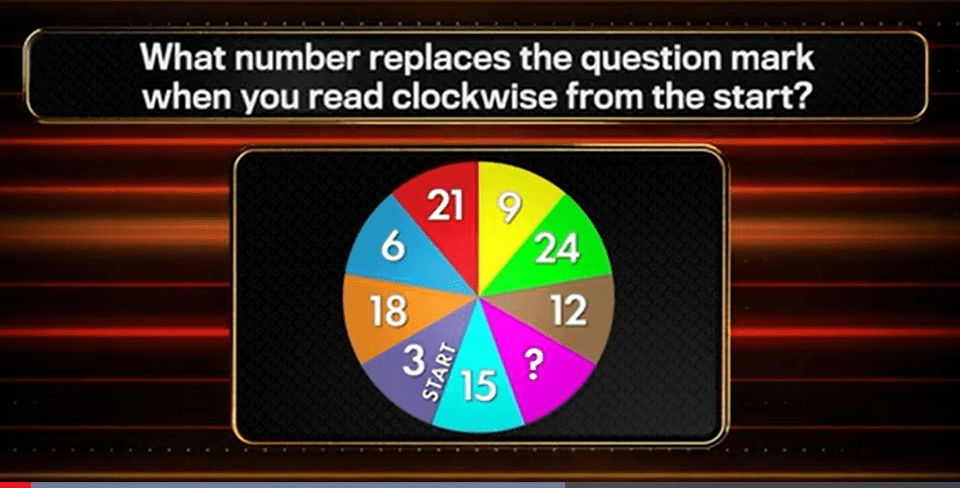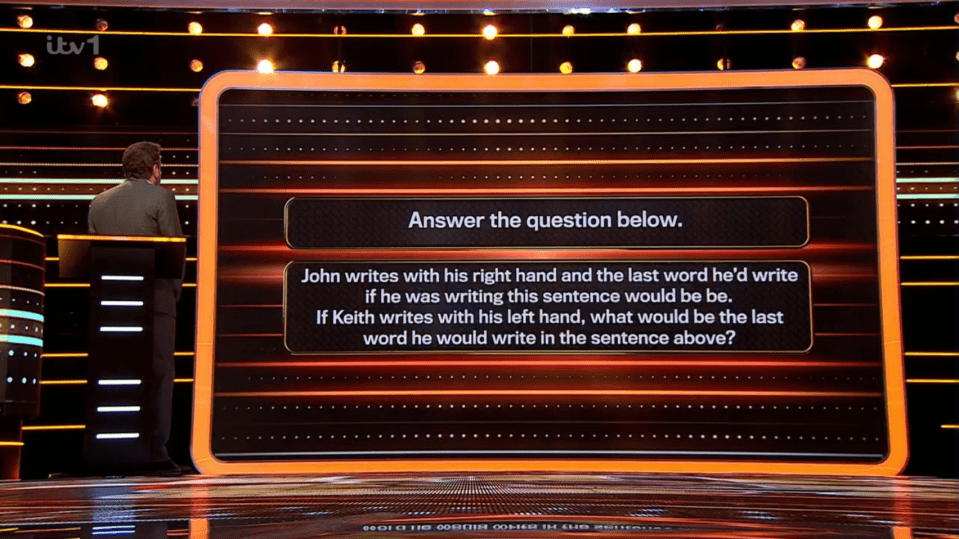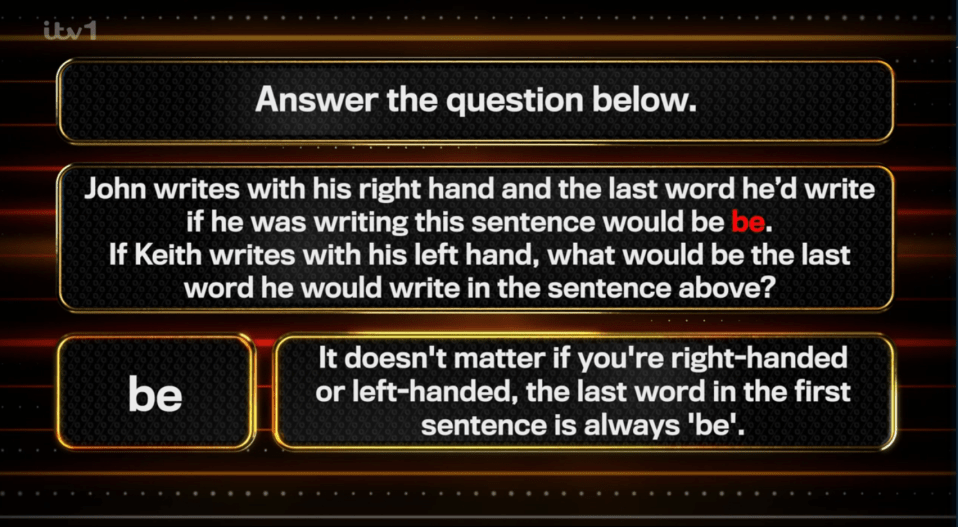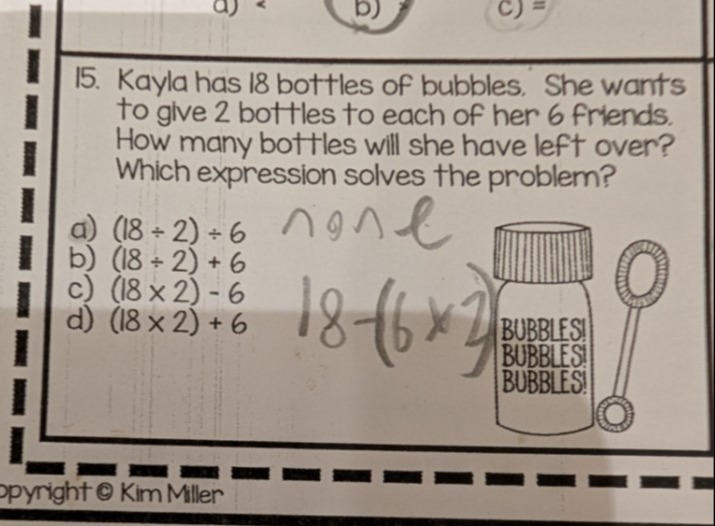The 1% Club players stumped on tricky maths question as 13 players pass – but could you have got it right?
THE 1% Club left contestants scratching their heads after a devilishly tricky maths question saw just 13 players pass just to make it through.
The hit ITV quiz show, fronted by funnyman Lee Mack, threw in a numbers puzzle that had the players panicking.
Instead of testing players on their general knowledge, 100 contestants try their luck at solving riddles within 30 seconds.
On The 1% Club, they are whittled down round by round as they are tasked with using their logic, reasoning skills, and common sense.
With every player that gets eliminated, £1,000 gets added to the prize pot as the players try to answer questions that certain percentages of the public would get right.
The players that remain at the end will fight to win a potentially huge jackpot prize and a chance at joining the prestigious one percent club.
But the the 35% question saw a whopping 13 players use their pass.
Lee showed a picture of a coloured pie chart with numbers and asked: “What number replaces the question mark when you read it clockwise from the start?”
The remaining players faces looked puzzled as they tried to figure out the answer within the 30 seconds.
Lee then revealed the right answer was 27 as they alternate segments reveal consecutive multiples of three and 27 is the next number in the three times table.
Lee was stunned to see that a massive 13 players used their pass to get through to the next round.
The episode also saw an ‘easy’ common sense riddle knock out 23 people earlier on in the show.
When Lee moved onto the 70% question, he asked the remaining players to solve a question.
Lee said: “John writes with his right hand and the last word he’d right if he was writing this sentence would be be.
“If Keith writes with his left hand, what would be the last word he would write in the sentence above?”
Of course the answer was the word ‘be’, as a different writing hand would not change the last word, something which many viewers playing along got correct.
Hardest Quiz Show Questions
Would you know the answers to some of quizzing TV’s hardest questions
- Who Wants To Be A Millionaire – Earlier this year, fans were left outraged after what they described as the “worst” question in the show’s history. Host Jeremy Clarkson asked: “From the 2000 awards ceremony onwards, the Best Actress Oscar has never been won by a woman whose surname begins with which one of these letters?” The multiple choice answers were between G, K, M and W. In the end, and with the £32,000 safe, player Glen had to make a guess and went for G. It turned out to be correct as Nicole Kidman, Frances McDormand and Kate Winslet are among the stars who have won the Best Actress gong since 2000.
- The 1% Club – Viewers of Lee Mack’s popular ITV show were left dumbfounded by a question that also left the players perplexed. The query went as follows: “Edna’s birthday is on the 6th of April and Jen’s birthday falls on the 15th of October, therefore Amir’s birthday must be the ‘X’ of January.” It turns out the conundrum links the numbers with its position in the sentence, so 6th is the sixth word and 15th is the fifteenth word. Therefore, Amir’s birthday is January 24th, corresponding to the 24th word in the sentence.
- The Chase – The ITV daytime favourite left fans scratching their heads when it threw up one of the most bizarre questions to ever grace the programme. One of the questions asked the player: “Someone with a nightshade intolerance should avoid eating what?” The options were – sweetcorn, potatoes, carrots – with Steve selecting sweetcorn but the correct answer was potatoes.
However, a whopping 23 players in the studio answered the riddle incorrectly and they were eliminated from the game.
Viewers took to social media in droves as they couldn’t believe so many players left the game after such an ‘easy’ question
One wrote: “How t* have 23 gone out?? Being left handed doesn’t mean you write words in the wrong order.”
Another added: “Too many people thinking too hard on that one #The1PercentClub.”
A third penned: “TWENTY THREE out on THAT?!?!”
The 1% Club is available to watch on ITV1 and stream on ITVX.







